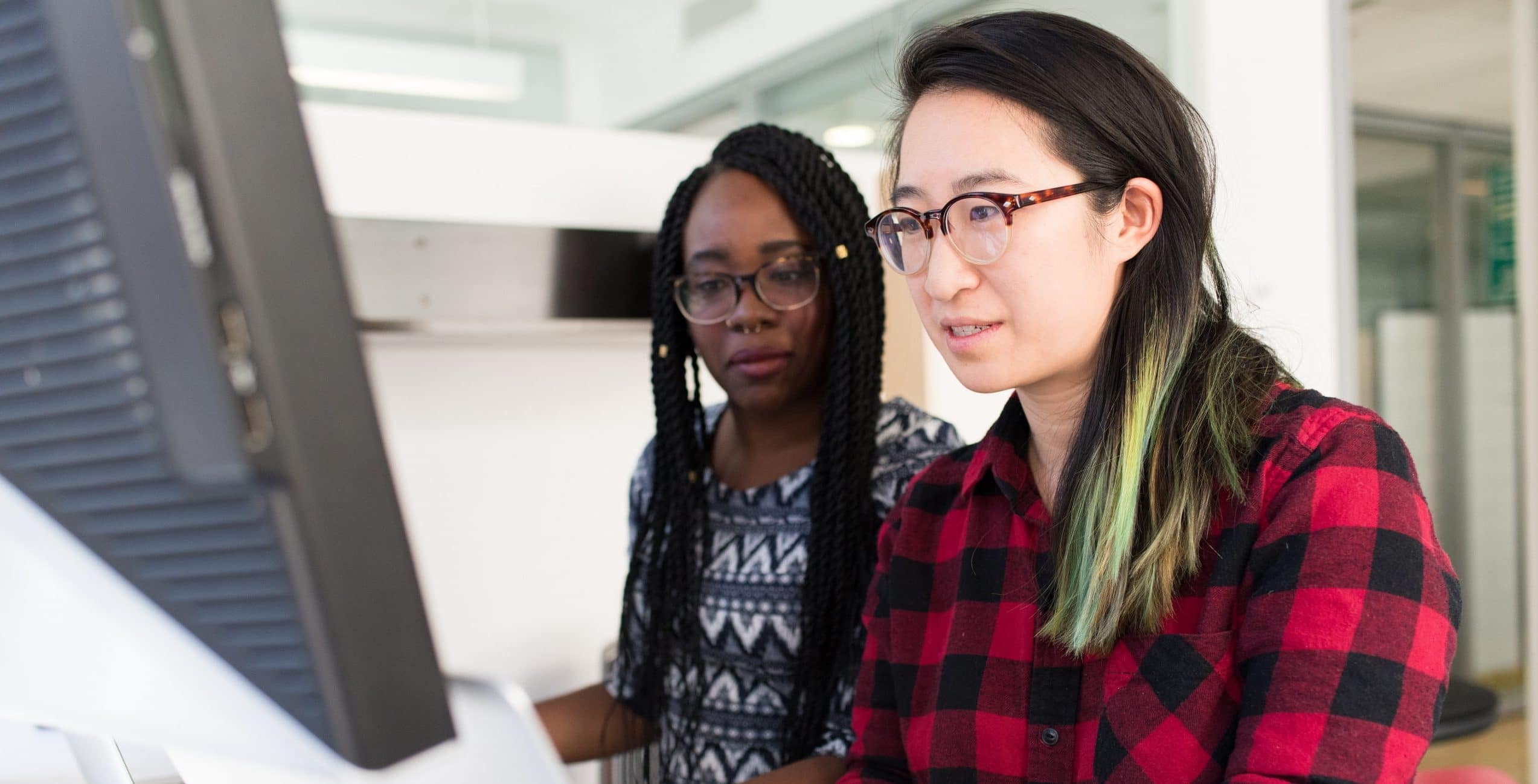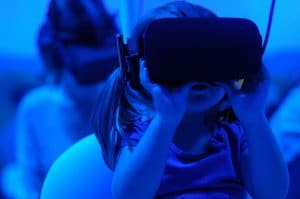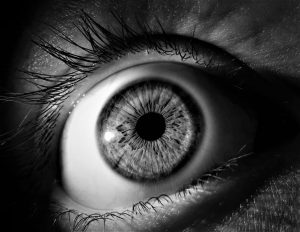“Almost everything we touch these days is touched by artificial intelligence. This technology is so ingrained all around us and it’s going to make up so much of what we are, that all of this technology needs to be in the public interest,” says Stephanie Dinkins in a video describing her work. She refers to herself as an artist-citizen in the realm of art and technology. Her work explores what our responsibility is in shaping AI not just for convenience or commercialism, but with the goal to make us better as a society.
Dinkins is “interested in creating platforms for ongoing dialog about artificial intelligence as it intersects the proliferation of knowledge(s), opportunity, and our future histories. She is particularly driven to work with communities of color to develop AI literacy and co-create more inclusive, equitable artificial intelligence.”
How can art and tech change the world?
Dinkins has since gone down what she calls a ‘rabbit-hole’ of investigations into the way that culture—particularly the experiences of race and gender—is codified in technology. She has become a strong voice in the effort to sound the alarm about the dangers of minority populations being absent from creations of the computer algorithms that now mold our lives. Her research into these imbalances has taken her on a head-spinning tour of tech companies, conferences, and residencies over the past few years.
Tess Thackera, Writer at Large at Artsy, tells us, “It’s no secret by now that artificial intelligence has a white guy problem. One could say the same of almost any industry, but the tech world is singular in rapidly shaping the future. As has been widely publicized, the unconscious biases of white developers proliferate on the internet, mapping our social structures and behaviors onto code and repeating the imbalances and injustices that exist in the real world.”
Human Biases Are Built into AI—this Artist Is Helping to Change That
Milan Lenters, writing for Innovation Origins, reports that “Bina-84 is based on an actual person, a so-called mindclone. Stephanie Dinkins investigates whether people and machines can become friends. ‘But this project is also about human consciousness. And how people can survive outside of a body. What does it mean to be human?’ says Stephanie Dinkins on her website about the conversations with this humanoid.”
When the line between us and our technology becomes increasingly blurred, it is ever more important that we examine what our technology is saying about who we are as a society.
Reality Changing Observations:
1. What can we do to acknowledge and address biases in society?
2. How can technology become more representative of an inclusive, equitable society?
3. Why do you think the art world finds the exploration of AI so appealing?





